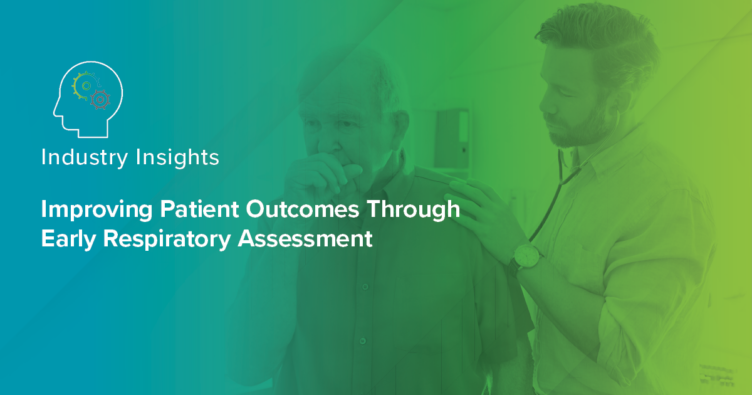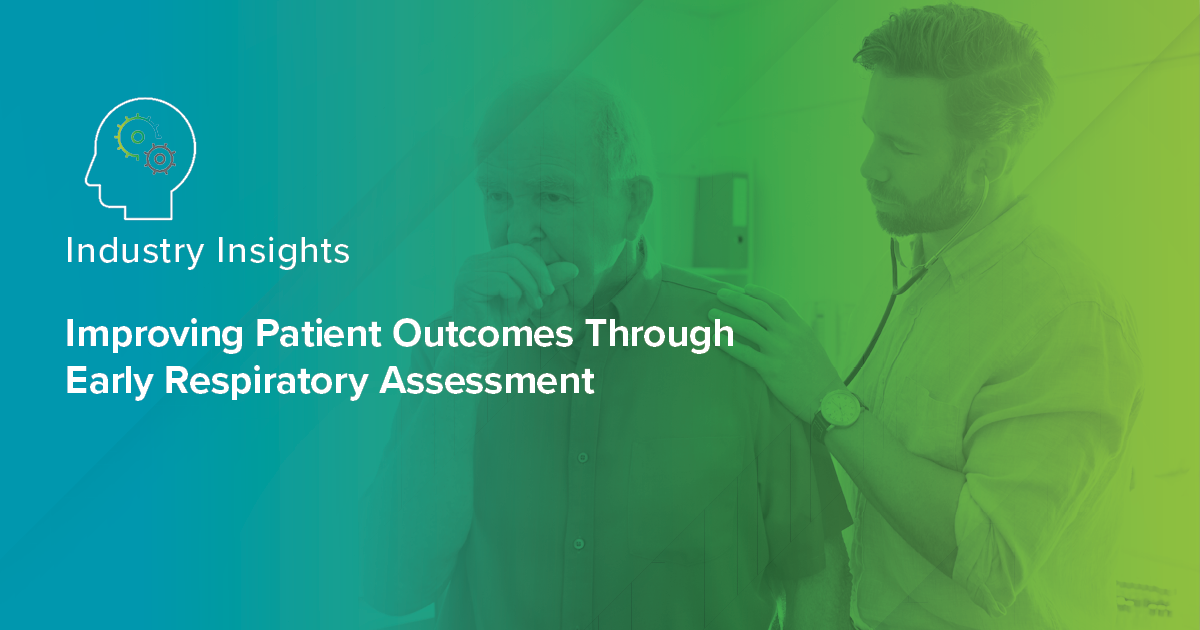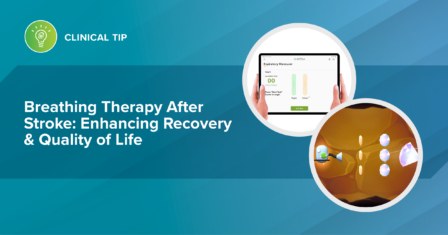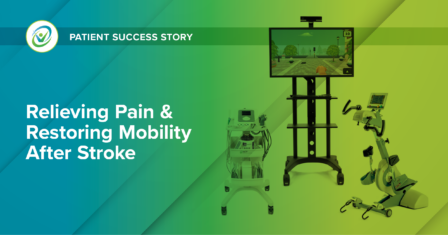Improving Patient Outcomes Through Early Respiratory Assessment

The highlights:
- Early respiratory assessment in SNFs can improve patient outcomes and ensure PDPM reimbursement is appropriate to address underlying medical conditions.
- PDPM emphasizes the value of respiratory therapy, providing higher reimbursement for patients in the special care high category.
- ACP will launch a new tool to streamline and document the respiratory assessment process.
When a patient is admitted to a skilled nursing facility (SNF), the first few days are critical in setting the stage for their care plan through thorough and accurate intake assessment. This is especially true under the Patient-Driven Payment Model (PDPM). As SNFs navigate a complex reimbursement landscape and manage more acute cases, capturing conditions as early as possible in a patient’s stay has become more important than ever. One evaluation that can make a significant difference in patient outcomes and clinically appropriate reimbursement is the respiratory assessment.
Advantages of Respiratory Assessment for Patients and Facilities
Early respiratory assessment can benefit both the patient and the facility. For the patient, it ensures that any respiratory issues are identified and addressed. For the facility, it can lead to improved patient outcomes and increased reimbursement under PDPM. Cardiopulmonary issues are a leading source of hospital readmissions; early and repeated respiratory assessment enables operators to avoid these costly events through proactive intervention, helping patients access the right care plan.
Respiratory Assessment and Therapy within PDPM Guidelines
Under the PDPM reimbursement structure, patients receiving respiratory therapy are classified into a -Nursing Case Mix Group with a higher daily reimbursement rate than those not receiving this service. SNFs that can accurately identify patients in need of respiratory services can secure additional reimbursement for necessary care ranging from an average of $50 to $100 per day throughout the patient’s stay.1
The coding of the Respiratory Therapy on the MDS (Section O0400) requires:
- Respiratory therapy 7 consecutive days (to be captured within the first 8 days of admission and reflected in the Assessment Reference Date)
- At least 15 minutes per day (105 minutes total per week)
- Respiratory-trained nurse or respiratory therapist daily intervention may include any of the following:
- Assessing
- Teaching
- Training
- Breathing exercises
- Delivering Nebulizer Therapy
- Biofeedback Respiratory exercise training
In the RAI User’s Manual, Appendix A (page Appendix A-18), the following definition is provided for the Minimum Data Set (MDS) application of Respiratory Therapy:
Services that are provided by a qualified professional (respiratory therapists, respiratory nurse). Respiratory therapy services are for the assessment, treatment, and monitoring of patients with deficiencies or abnormalities of pulmonary function. Respiratory therapy services include coughing, deep breathing, heated nebulizers, aerosol treatments, assessing breath sounds and mechanical ventilation, etc., which must be provided by a respiratory therapist or trained respiratory nurse.
The RAI User’s Manual defines a respiratory-trained nurse as one who received education in delivering respiratory services and assessment through formal training or during nursing education. For guidance on establishing a respiratory nurse, please refer to your respective State Practice Act and confirm that nurses comply with their scope of practice as defined by the State Specific Board for Nursing and according to Facility Policy.
Overcoming Barriers
Time constraints and lack of training prevent many facilities from effectively incorporating respiratory assessment and intervention into staff workflows. To address these challenges, we are excited to share the upcoming launch of an innovative tool designed to expedite the assessment process. Our product ensures swift and efficient respiratory assessment, enabling more users to seamlessly integrate assessments into their workflow. Additionally, ACP offers Continuing Education (CE) courses for nurses and nursing home administrators to bridge the training gap, empowering SNFs to harness the full potential of respiratory therapy services for both patient care and facility sustainability.
- Estimate based on analysis using CMS’ PDPM Calculation Worksheet for SNFs (pgs.25-29) and CliftonLarsonAllen 2024 Skilled Nursing Facility PDPM PPS Rate Calculator. ↩︎
Stay Connected
Be the first to hear about ACP product launches, news, and more by following us on social media.
MRK-BLOG-001

Early respiratory assessment in SNFs can improve patient outcomes and ensure PDPM reimbursement is appropriate to address underlying medical conditions. PDPM emphasizes the value of respiratory therapy, providing higher reimbursement for patients in the special care high category. ACP will launch a new tool to streamline and document the respiratory assessment process.
Services that are provided by a qualified professional (respiratory therapists, respiratory nurse). Respiratory therapy services are for the assessment, treatment, and monitoring of patients with deficiencies or abnormalities of pulmonary function. Respiratory therapy services include coughing, deep breathing, heated nebulizers, aerosol treatments, assessing breath sounds and mechanical ventilation, etc., which must be provided by a respiratory therapist or trained respiratory nurse.
The coding of the Respiratory Therapy on the MDS (Section O0400) requires:
- Respiratory therapy 7 days per week (established within the first eight days of admission)
- At least 15 minutes per day (105 minutes total per week)
Respiratory-trained nurse or respiratory therapist daily intervention may include any of the following:
- Assessing
- Teaching
- Training
- Breathing exercises
- Delivering Nebulizer Therapy
- Biofeedback Respiratory exercise training
Latest Updates
Subscribe to stay up-to-date on our latest posts.



